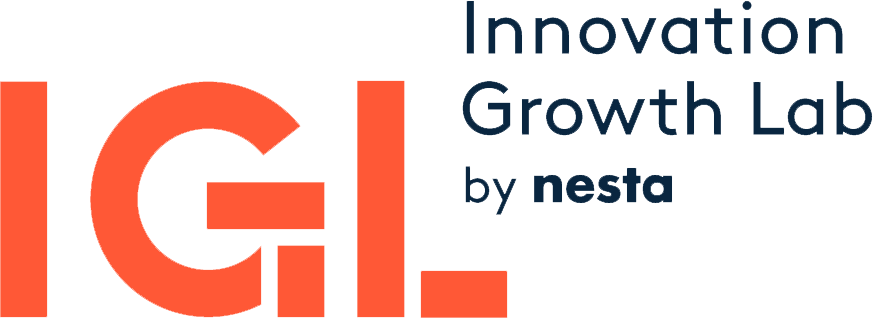
There are probably many things that come to mind when hearing the word agile. In general terms, it is the notion of being able to move quickly and easily. For those of us working in areas related to project management, agile is about breaking down tasks into small bits with frequent reassessment and adaptation, an approach that found its origins in software development and a group of programmers' Manifesto for Agile Software Development.
While not entirely new to the public sector, in these times of rapid socioeconomic change, with ever more complex transnational challenges and breakthrough technological developments, governments increasingly seem to recognise the need to reimagine policymaking to ensure it keeps up with the speed of change. However, while there might be some consensus around the need to revise policies, legislation, systems and even internal structures, in reality governments often lag behind. At the same time, we know relatively little about which capabilities, tools and processes are required to make this shift happen. Since this challenge is specifically true for innovation policy, we decided to host a panel at IGL2019 dedicated to showcasing three perspectives on how governments can update their current modus operandi.
Becoming agile is therefore a balancing act. While it is in the one hand about enhancing the capacity of governments to proactively deal with and adapt to changes, it is also about ensuring organisational stability and coordination of internal processes of change.
One of the tricky things in innovation is that the implications are rarely known from the beginning which calls for a spirit of risk-taking and trial and error to navigate the resulting uncertainty. Nevertheless, as anybody who has ever been involved in policymaking will know, this statement immediately raises many eyebrows and one, if not several, red flags. Mindsets, incentives and hurdles such as rigid cycles of budget allocations across vertical silos do not exactly make governments fertile grounds for testing and evaluating new ideas. Becoming agile is therefore a balancing act. While it is in the one hand about enhancing the capacity of governments to proactively deal with and adapt to changes, it is also about ensuring organisational stability and coordination of internal processes of change.
So, how could this work in practice? What did our panelists say?
Christian Bason, Chief Executive of the Danish Design Centre and former Director of MindLab, the Danish government's innovation team which is a pioneer in the field of policy labs. He highlighted the transformational power of design for policymaking and the importance of engaging citizens and the private sector in the search for solutions. Chris Carr, the current Director at the Better Regulation Executive of the UK government complemented this view by highlighting that when it comes to innovation policy, success is also about reducing regulatory burdens and ensuring that the resulting legislations are smarter, better targeted and less costly to businesses as the key drivers of innovation and a country’s growth. Piret Tõnurist, who leads the work on systems thinking and innovation measurement at the OECD's Observatory of Public Sector Innovation, ended the presentations on a very encouraging note by emphasising that evidence shows that change is possible. What is crucial according to her team’s findings is that there is clarity around the rationale for innovation, and that governments use the right mix of approaches in line with four innovation facets to achieve their respective aims.
The panel discussion and the discussions at the conference more generally left no doubt: ‘business as usual’ is no longer an option for governments.
The panel discussion and the discussions at the conference more generally left no doubt: ‘business as usual’ is no longer an option for governments. On every level there is a need to become more agile, embrace innovation and make corrections faster where necessary. But at the same time, ‘faster’ by no means leads to better results if decisions don’t rely on the necessary evidence base, the involvement of relevant stakeholders and the recognition that global trends in technology are an opportunity and not necessarily a threat. This is exactly what we at Nesta refer to when we call for innovation policies that are smarter, more inclusive and fit for the future.
As Piret rightly said, nothing is more compelling than an account of successful approaches, of stories that illustrate how agile policymaking is not just another buzzword, but actually key to ensuring that today's governments live up to their purpose. While other policy areas have been better at experimenting with and testing new approaches, innovation policy still seems to be lagging behind. So if you have stories that you would like to share, please get in touch - we would be excited to hear them!
